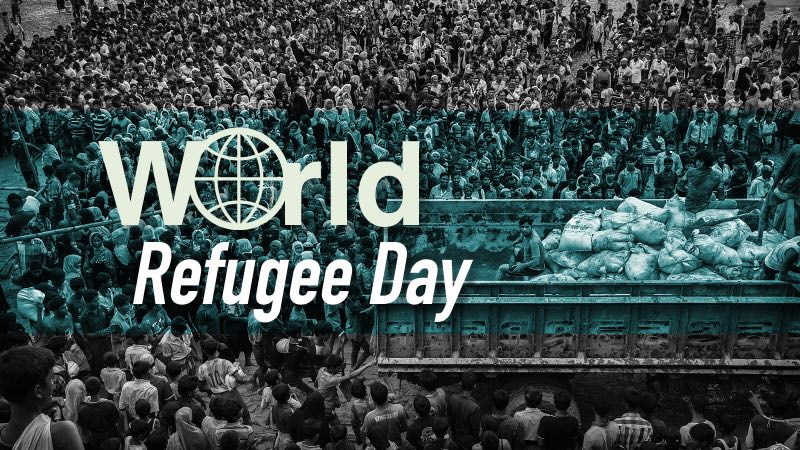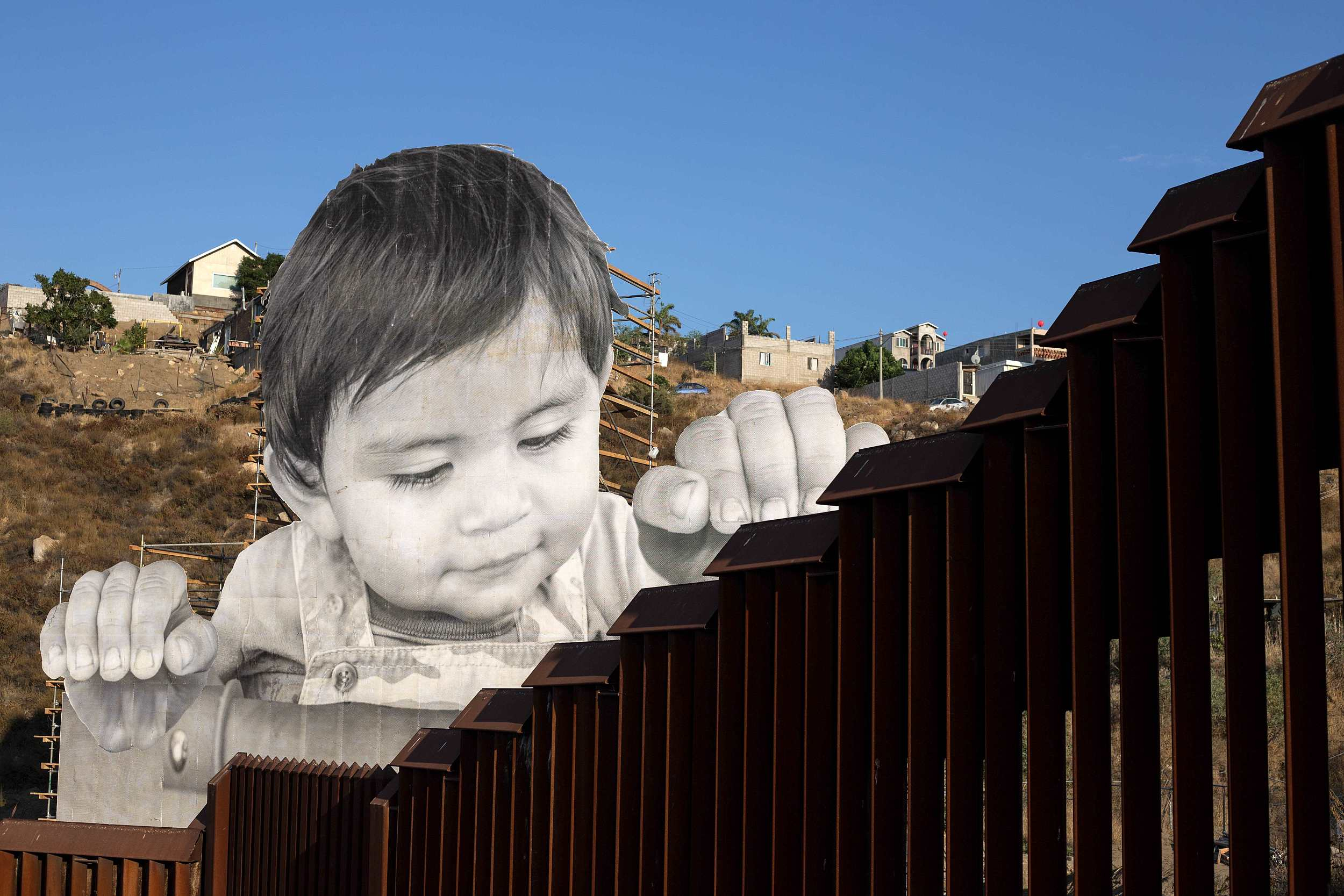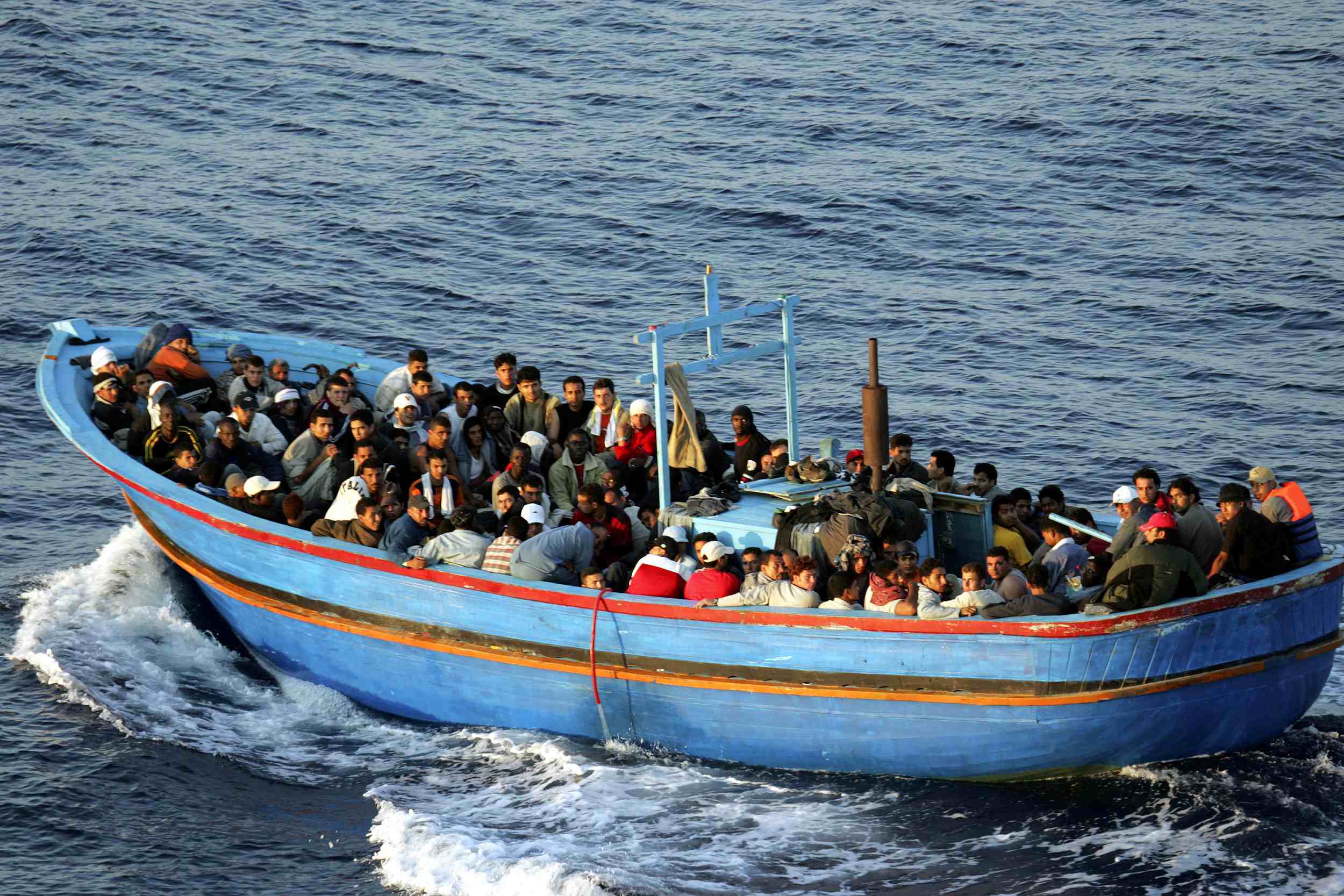
Business
11:06, 20-Jun-2018
Human smuggling: A six billion dollar industry
Nicholas Moore
01:34

As Western governments continue to build controversial walls, turn rescue ships away and deport refugees, authorities looking for more humanitarian solutions to the migrant crisis are still struggling with a human smuggling industry worth billions of dollars each year.
Interpol reported in 2016 that 90 percent of human smuggling cases were conducted through criminal networks, in an underground industry worth six billion US dollars in 2015.
Refugees and migrants fleeing war, economic turmoil and political upheaval can pay thousands of dollars each to criminal gangs in return for false promises of safe passage and a new life.
According to the United Nations Office on Drugs and Crime (UNODC), migrants from Latin America can pay as much as 10,000 US dollars to people smugglers to get them across several borders and into the US.
At its peak, people smuggling across the US-Mexico border was worth an estimated 6.6 billion US dollars to criminal gangs.

An artwork by French artist JR on the US-Mexico border in Tecate, California, United States, September 2017. /VCG Photo
An artwork by French artist JR on the US-Mexico border in Tecate, California, United States, September 2017. /VCG Photo
For the various routes taking refugees and migrants from Africa and Asia into Europe, criminal gangs can charge between 3,200 and 6,500 US dollars. According to German newspaper Der Spiegel, an estimated 16 billion US dollars has been paid to human smugglers by refugees and migrants looking to reach Europe since 2000.
With so much money exchanging hands through criminal networks spanning countries and even continents, why can’t authorities like Interpol track down and punish the gangs operating these vast human smuggling operations?
A significant slice of the money paid to traffickers is in cash, which according to The Guardian is often laundered through real estate and small businesses. Refugees pay their money in stages, handing over cash along an untraceable chain organized by the gang.
Another obstacle for authorities in cracking human smuggling gangs is the concept of hawala. An informal money transfer system common in Islamic societies, money is paid in cash to a hawaladar, a broker who works with other partners overseas to release cash as part of a trust-based, unregulated network.

Migrants wait to be rescued in the Mediterranean Sea off the coast of Libya, October 3, 2016. /VCG Photo
Migrants wait to be rescued in the Mediterranean Sea off the coast of Libya, October 3, 2016. /VCG Photo
Cheaper than traditional bank transfers, the hawala system has spread through Europe, with Spanish intelligence authorities estimating there are 250 such brokers in Spain alone.
According to Newsweek, an estimated 400 billion US dollars passes through hawala every year, connecting refugees to smugglers, and migrants to their families back home. The system is also suspected of being a major conduit for financing terrorism.
Despite Interpol’s assertion that the vast majority of human smuggling is carried out by criminal gangs, several experts have suggested that authorities looking for “big boss” masterminds are wasting their time.
Talking to Quartz, organized crime expert Paolo Campana of Cambridge University called human smuggling a “quintessential free market,” saying there was no need for criminals to have high skills, money or a high “success rate” to start smuggling people.
That means the criminal network is fragmented, “so just targeting one smuggler wouldn’t make much of a difference. The other smugglers will jump on that opportunity and take his market share.”

SITEMAP
Copyright © 2018 CGTN. Beijing ICP prepared NO.16065310-3
Copyright © 2018 CGTN. Beijing ICP prepared NO.16065310-3